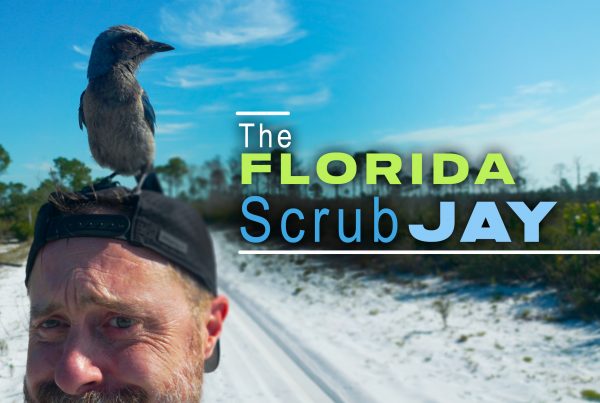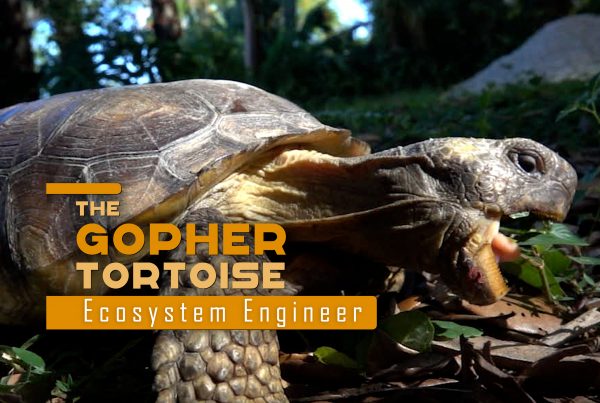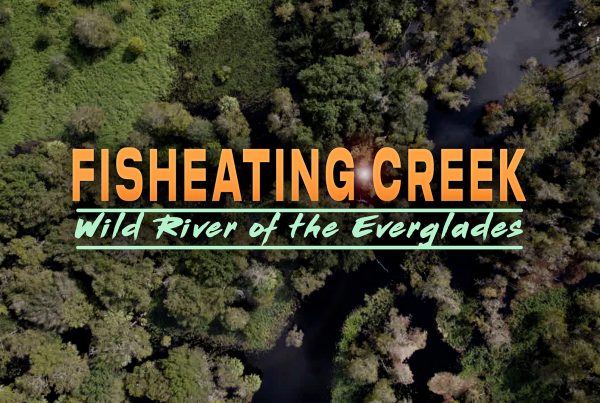Choices, choices, choices…so much food to choose from!
Download the Food Web .pdf below and discuss what might happen if a specific plant or animal was removed from the food web. Which organisms would be affected the most? Do you think that ecosystem would be able to find a balance? What would happen if you introduced an exotic species, let’s say an Argentine black and white tegu lizard or a Mayan cichlid fish?
So by now we’ve learned that a food chain is a simple way to illustrate the flow of energy and matter through an ecosystem. I think we’ve got that covered. But we also know that an ecosystem is a very complex community full of different kinds of organisms that interact with each other in lots of different ways. In order to illustrate the complexity of these different connections, a simple food chain just won’t cut it. That’s where a “food web” comes in handy. Basically, we can say that a food web is made up of many intersecting food chains.
Let’s start with the food chain we made in our first video. We’ll use arrows to show what eats what. First is our producer, periphyton, which is nibbled on by the mosquito larva, which is munched on by the gambusia, which is chowed upon by the great blue heron which is devoured by the alligator. Simple enough. But then there’s the sailfin molly. It eats periphyton too, as well as mosquito larvae. The molly also eats little bits of submerged sawgrass. The great blue heron would scarf down a sailfin molly if it could. So would an anhinga. So would a raccoon. The raccoon would also enjoy a baby anhinga. As would the alligator. The alligator wouldn’t pass up a raccoon either. But a white-tailed deer munching on sawgrass would be an ideal meal for the gator…or a rare Florida panther!
We’re now starting to see how complex and interconnected everything is. And there are still thousands of Everglades plants and animals we haven’t yet included in, let’s face it, our very simple food web. Some of these animals can be quite picky…like the limpkin, which feeds almost entirely on freshwater apple snails. This of course makes the limpkin a secondary consumer, or a “carnivore,” while the apple snail is a primary consumer, or “herbivore” because it browses on aquatic plants. The purple gallinule, on the other hand, is less picky. It might pick apart the fruit of a spatterdock plant to feast on its seeds, or score a bit of protein from a baby red-bellied turtle. Since the purple gallinule eats both animals and plants, we call it an “omnivore”.
So that’s just a peek into one little part of the Everglades food-web. The food web helps us understand that in an ecosystem, all plants and animals rely on one another somehow for survival. It’s an intricate and important network of life, like a finely woven tapestry. But what would happen if pulled out one of those threads, if you removed something from the web, say an apple snail, or a sailfin molly? Or, what about if you dropped in something that doesn’t belong there…an invasive species like a Burmese python or an Argentine black and white tegu. It wouldn’t be good, that’s for sure. I’ll let you chew on that for a bit.




